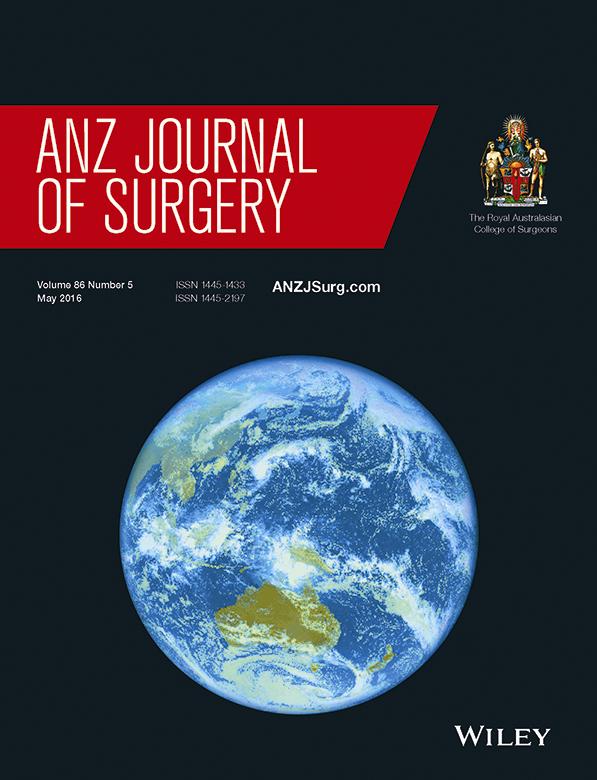‘Sandwich’ technique in the treatment of large and complex incisional hernias
Abstract
Background
Reconstruction of large, complex abdominal wall hernias is an interesting challenge. Primary closure of those hernias is often not possible. There is little agreement about the most appropriate technique or prosthetic to repair these defects, in spite the fact of the prevalence of ventral hernias. Sometimes despite being contaminated surgical fields, we are often faced to reinforce with bio-prosthetic meshes. The component separation technique (CST) is a practical option; however, recurrence rates remain unacceptably high. In an attempt to reduce recurrences, we frequently added a biologic underlay mesh and a lightweight polypropylene on-lay mesh to the traditional CST. Our objective was to determine biologic mesh practice patterns of reconstructive surgeons with regard to indications, most appropriate technique, choice of prosthetics and experience with complications in order to work those hernias out.
Methods
Thirty consecutive patients who underwent abdominal wall reconstruction by means of a component separations associated with non-cross-linked porcine dermal scaffolds (NCPDS) or a synthetic tissue scaffold (STS) reinforcement between October 2009 and December 2011 were retrospectively reviewed. Analysis of demographics, indications for NCPDS or STS placement, surgical technique, complications and follow-up data were performed. They underwent a ‘sandwich’ procedure with a biologic underlay mesh and a lightweight polypropylene on-lay mesh added to the traditional CST. We chose NCPDS or STS underlay mesh according to the fact of the presence or absence of a contaminated field.
Results
A ‘sandwich’ procedure was used for abdominal wall repair in 30 patients. In all of them, NCPDS or STS was positioned using an intraperitoneal technique associated to a lightweight polypropylene on-lay mesh and the CST. At a mean follow-up time of 30.1 months, most patients had successful outcomes. Occurrences included seroma, recurrence and infection. One of our patients died from multi-organ failure unrelated to hernia repair.
Conclusions
This study shows that complex abdominal wall defects can be successfully reconstructed using a ‘sandwich’ procedure with a low rate of recurrence and occurrences. Moreover, repair of large, complex abdominal wall hernias by CST augmented with a biologic underlay mesh and a lightweight polypropylene on-lay mesh results in lower recurrence rates compared with historical reports of CST alone.




